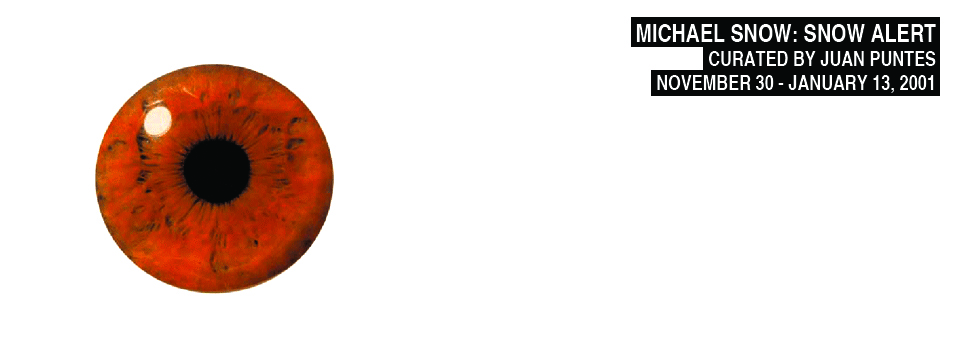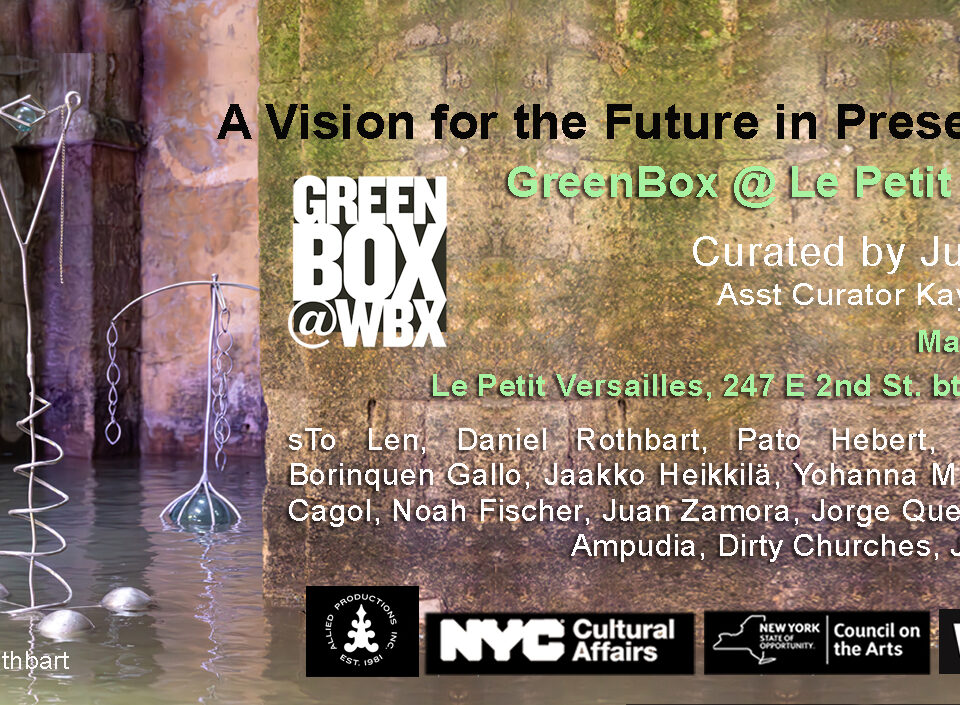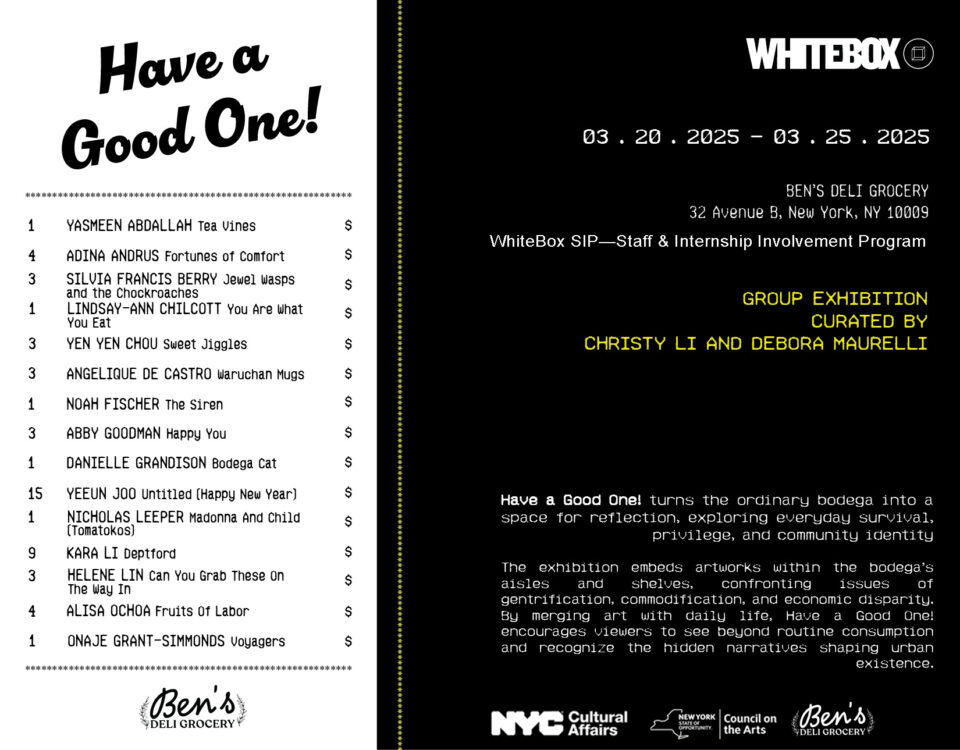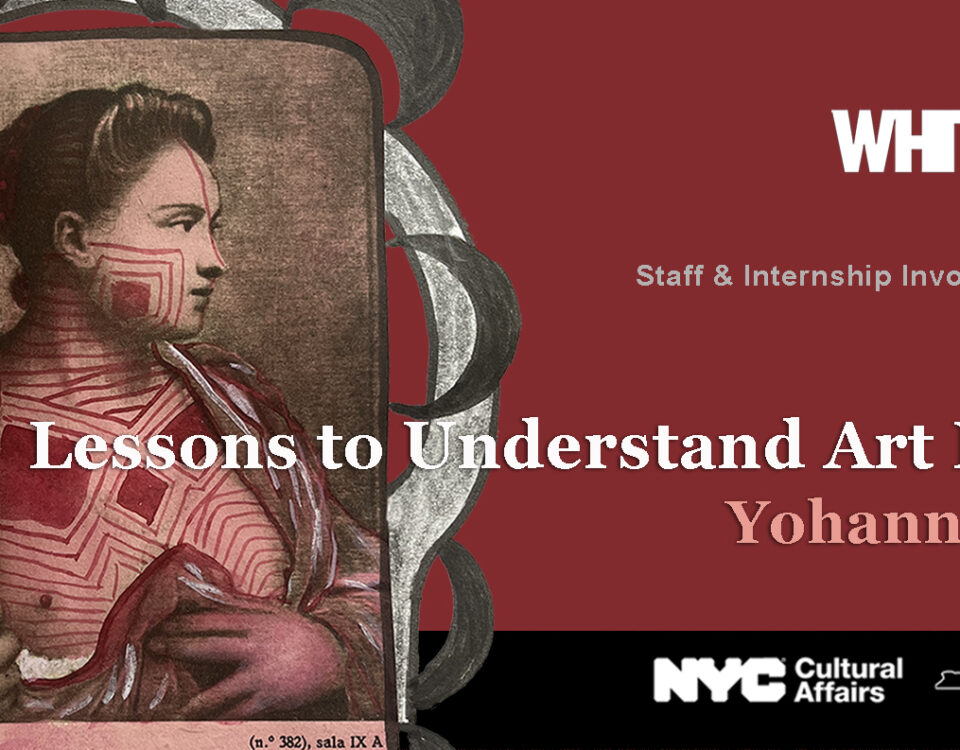CRITIC AS GRIST
September 7, 2000Carolee Schneemann: More Wrong Things
January 18, 2001MICHAEL SNOW: SNOW ALERT CURATED BY JUAN PUNTES NOVEMBER 30, 2000 – JANUARY 13, 2001
Michael Snow is a seminal artist. Born in Toronto in 1929, his practice resists categorization. A shortlist of denominations commonly used to describe Snow’s production must include: musician, painter, photographer, installation artist and filmmaker. This last definition is probably the most attached to Snow’s name due to the widespread recognition and influence of some of his films, in particular “Wavelength” (1966-67) and “La Region Centrale” (1971). Even within precise subcategories such as “structural cinema”, Snow’s work is uncomfortable.
There are, nonetheless, concerns that traverse most of Snow’s production over four decades. The one that applies to most of the work in this exhibition is the making available to the spectator of the photographic transformation of the three dimensional into a two dimensional plane as an important factor in perceiving the work. This transformation of the real into “realism” becomes especially complicated in Snow’s holographic work.
In photography an unavoidable element must came into play: the lens. As an object, the lens is the ultimate physical manifestation of mankind’s understanding of physics. It is also the technological tool aligned with perspective. Both lens and perspective were developed under the humanist paradigm. Renaissance artists were interested and well versed in constructing machines. So is Snow. The anthropocentric and logocentric obsession of western culture is intrinsically intertwined with the model of representation defined by perspective, embodied in the lens. Snow operates using the lens as a perceptual machine that enables him to offer a continuity between painting, photography and moving image. Holography produces its peculiar effects because no lens is used in the making of a hologram.
Snow’s approach to the possibilities of each medium is extraordinarily methodical. Each variable (illumination, camera placement, camera movement, speeds of movement, etc) is carefully explored, exacerbated, isolated or recombined. Snows understands that the devices that he uses are perceptual machines that mirror and ultimately condition the perceptual apparatus. And his mastery in operating on the level of the lens / camera / machine to produce effects on the perceptual apparatus often makes the viewer’s mind become another machine.
One could think that a display of control on methods and machines is not emotional. On the contrary, the precision of Snow’s practice can render the relationship to subject matter, the allusions to art history, the bodily effects (audiences of “La Region Centrale” have complained of dizziness for the past 29 years), or the chemistry between colored lights and film stocks as intimate, emphatic and/or uncanny events. Snow is not cold at all.
Perhaps a brief description of the pieces in the show by Snow himself will be the best guideline to proceed during this “Snow Alert”.
—Nicolás Guagnini
The actors in the events that become objects that are my photographic works are the manipulable variables of photographic image-making.
Immediate Delivery is a transparent photograph of a construction made with transparencies, metal and various objects which occupied a space 7m x 5m x 5m in my studio, all of which press towards, or onto, the picture plane. Some of the seemingly depicted transparencies are actually real colored plastic gels applied to the surface of the photograph. The overall construction was deliberately flimsy, intended, from the beginning, for a permanent existence only as a transparent photograph. Light and transparency are the matiere of this work. Three dimensions become perceivably two.
Sink (1969) is 80 different slides of a filthy paint-flecked sink in my studio. Two standing lights were set up on each side of the sink. For each photograph, different-coloured gels / transparencies / filters were held in front of the lights. All the color changes in the piece are made by light. This light was used to mix the colors which become the projected light of the final work. The matiere was, and is, light.
Recombinant, another slide work in the exhibition, differs from Sink in that all the slides are projected onto a sculptural, static constant. Every image in Recombinant (1992) was shot from a different point of view (looking up, looking down, etc.) but all are projected on the same bas-relief panel / screen, so that each physical position and each “illusory” positioning can set up new readings, thoughts, feelings in relation to the others. Each image in Recombinant changes the spectator’s imaginative / identificatory position, but physically the “screen” as an object, not a window, remains constant. What image fits the “drawing” on the “screen”? What more or less seems to go behind it or in front of it? Specifically, is there a representational source (perhaps in the projected images) for the screen diagram? Is it “abstract”?
One of the wonderful manipulable variables of photography is that a print can be almost any size. Of the several works which use the size of the print as a factor Conception of Light (1992) is the most “realist”. For me it is as purely “visual art” as can be made. It consists of two photographs, very magnified (to 188 cm wide) of two complementariy irises of two different eyes. The work is installed so that the two “eyes” are seemingly gazing at each other across the room, interrupted perhaps by the spectator’s presence. The spectator’s two eyes can see only one of the eyes at a time. By the “complementareity” of the eyes, I mean, first their color, each of which establishes the color identity with the other (impossible with only one eye). Their complementareity is also a function of their forms. The blue eye is colder, cosmic, electrical, while the “orange” eye is warmer, organic, undersea, floral.
Enlargement is also the raison d’étre of Correspondence, of 1970, which is a large (48 x 60 in.) unframed black and white photographic print of two badly type-written letters (originally on 8-1/2 x 11 letter paper) superimposed one on top of the other. These are actual letters that were sent on the dates they were written. one of the letters was / is an acceptance of an invitation to show the work of which it is a part in an exhibition in Halifax. The photo is mounted on the wall. On the floor beneath it is a tape-player which is emitting very loud percussive sounds. The sound is the looped playback of the recordings of the two typing of the two letters superimposed on each other. As the letter is a magnification by about thirty times of the original letters so is the sound an amplification of the original typing sound of about thirty times. It is loud!
The two holographic works in the exhibition share the importance of light with Sink and Immediate Delivery. However holography can be said to be a lensless photography. In photography a lens concentrates or focuses the light from the subject onto a generally small sensitive film plane. In holography all the information carried by light from the subject is, in effect, spread on a plane because, like photography, the image is chemically on a sheet of transparent film which is two dimensional. But: when properly illuminated the film plane produces a spectre which the spectator can, by directing his / her eyes around the image perceive as three dimensional. the interesting thing about this “illusion” is that perceptually is not an illusion.
In the several holographic works I have made (of varying sizes, some are immense, like Still Life in eight calls which, installed. is 60 ft. wide) I often used real material objects to make a frame of reference for the mysteriously convincing three dimensional “illusion” of the images. The above description is literal for the 1985 Vertigoing . The images of two stages of a woman falling towards the spectator are seen trough and behind an inclined frames which call to mind a warehouse skylight. The stasis of the caught-in-motion, almost -in-the-round image encourages an examination of three dimensional details only possible in the medium of holography.
The other holographic work in the exhibition, In/Up/Out Door, also of 1985, however, like Immediate Delivery has an image in which the faces of the human protagonists press up against the real plane of a glass window in a real door which in fact is, also, the two dimensional surface from which their three dimensional “illusions” are produced.
The recently made Couple involves another kind of squeezing in relation to a door rectangle. Couple shows a tall man and a petite woman walking together towards a “washroom”, toilet, “Bathroom” door. The couple stays together and squeezes together to completely fill the door frame. Then, as this new composite rectangle of togetherness they go into the toilet area. There is a short hold, obviously its going to be a difficult, new, together kind of peeing. They emerge, still a composite rectangle, an ideal, him diminished, she enlarged, and walk off, only to reappear again as two separate individuals who merge again in another trip to the toilet. Too much coffee?
—Michael Snow
In conjunction with “Snow Alert”, Anthology Film Archives (2nd Ave. & 2nd St.) will present:
Saturday, 2 December at 6:15
“Rameau’s Nephew by Diderot (Thanx to Dennis Young) by Wilma Schoen” (1974), 4 hours, 27 min.
Sunday, 3 December at 6:15
“Prelude” (2000) 3 min. “Presents” (1980) 90 min.
“The Living Room” (2000), a 20 minute. excerpt of the work-in-progress “Corpus Callosum”
Special thanks to the Canadian Consulate General




